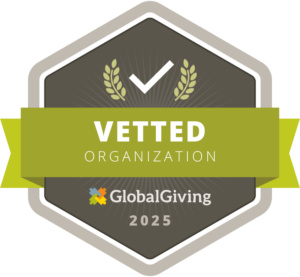In the Gulf of Santa Clara, Sonora, the fishing community is facing one of the most pressing environmental challenges: pollution caused by plastics and ghost fishing gear. With an innovative approach and remarkable community participation, young people and women are taking the lead in the fight to mitigate these negative impacts on the ecosystem.
This project, promoted by Pronatura Noroeste in close collaboration with Pesca ABC, Marem, las Pejerreynas, Cuidando al Playero Rojizo y al Pejerrey and the office of the Upper Gulf of California Biosphere Reserve and Colorado River Delta, seeks to build capacity to enable residents to address and reduce the effects of fishing waste. The Gulf of Santa Clara, part of the Upper Gulf of California and Colorado River Delta Biosphere Reserve, is a place of great biodiversity, but also a vulnerable area due to the accumulation of plastics and discarded fishing nets, which put both marine wildlife and the local economy at risk.
With a population of 3,967 inhabitants, this community, located 115 kilometers from San Luis Río Colorado, relies heavily on fishing as its main economic activity. Despite the lack of port infrastructure, fishing has been the livelihood of generations. However, the increasing presence of ghost fishing gear and plastic waste poses a serious threat that requires an immediate and effective response.
The project has focused on community awareness and education, with a special focus on youth and women, who are being trained in environmental storytelling and the use of social media to promote conservation. These trainings not only seek to empower participants, but also to establish a communication strategy that involves the entire community, including local authorities, in the fight against marine pollution.
Among the key objectives of the project is the reduction of the impacts of these wastes through the collection and proper disposal of plastics and discarded nets. In addition, awareness-raising workshops are being conducted in schools, and agreements are being formalized with local authorities to ensure responsible waste management.
However, the project faces significant challenges, such as the remoteness of the recycling centers and the lack of regulation of waste disposal. Despite these obstacles, the initiative represents a crucial step towards the consolidation of a circular economy in the region. The active participation of the community, and in particular its youth and women, is essential to address these challenges and ensure the sustainability of the marine ecosystem in the Gulf of Santa Clara.
This community effort not only promises to mitigate the effects of marine pollution, but also to strengthen social cohesion and a sense of belonging among the inhabitants of the Gulf of Santa Clara, ensuring a more sustainable future for generations to come.
Together we can have a better coastal and marine ecosystem in the Upper Gulf of California.












